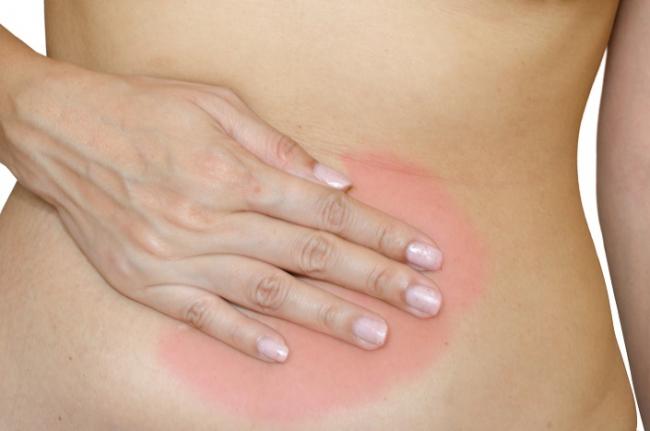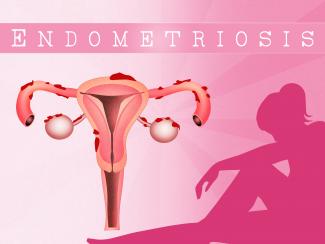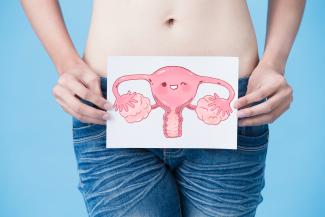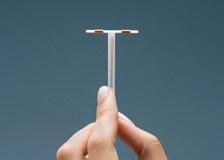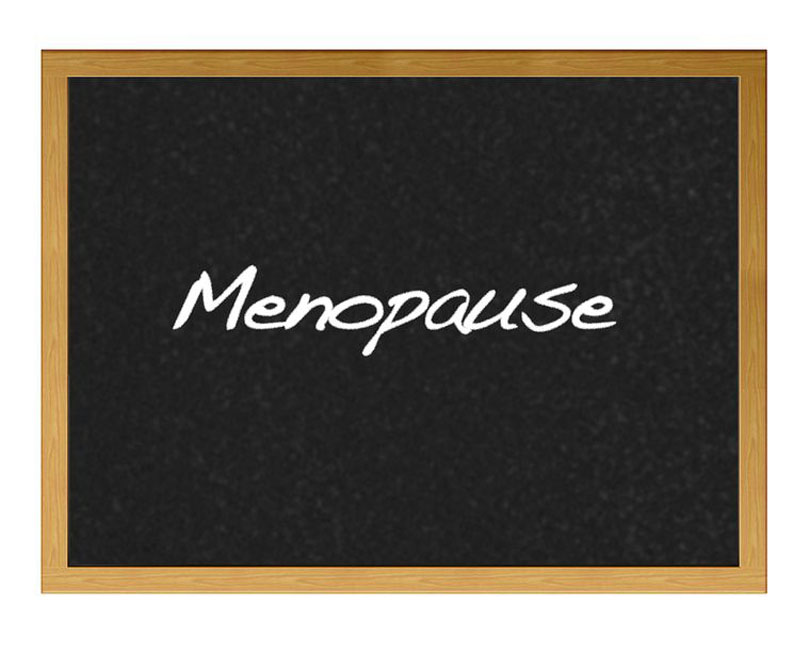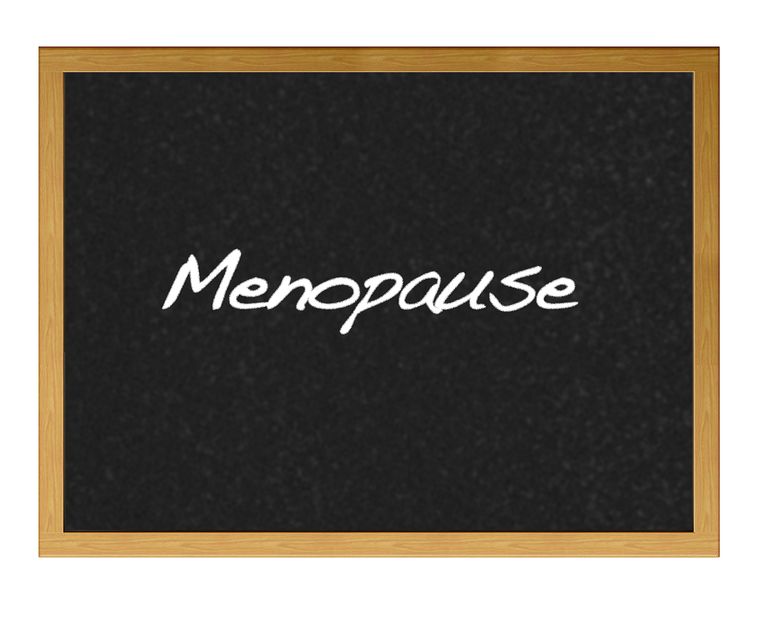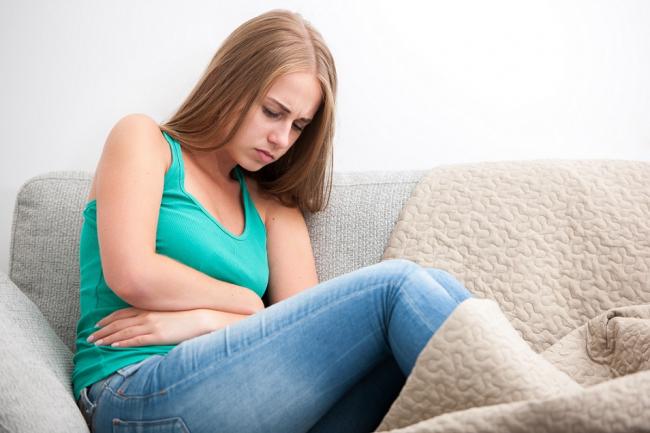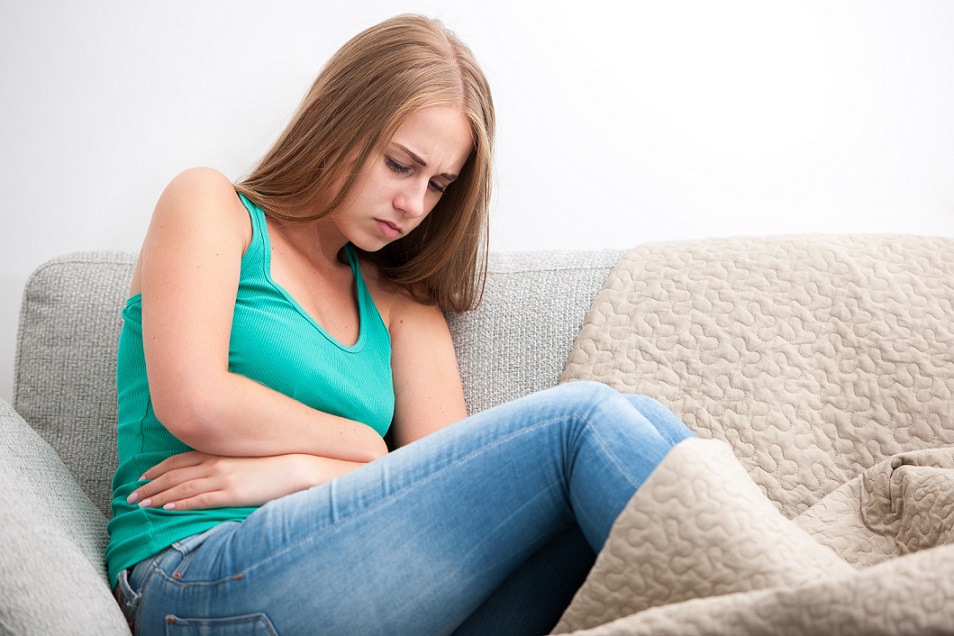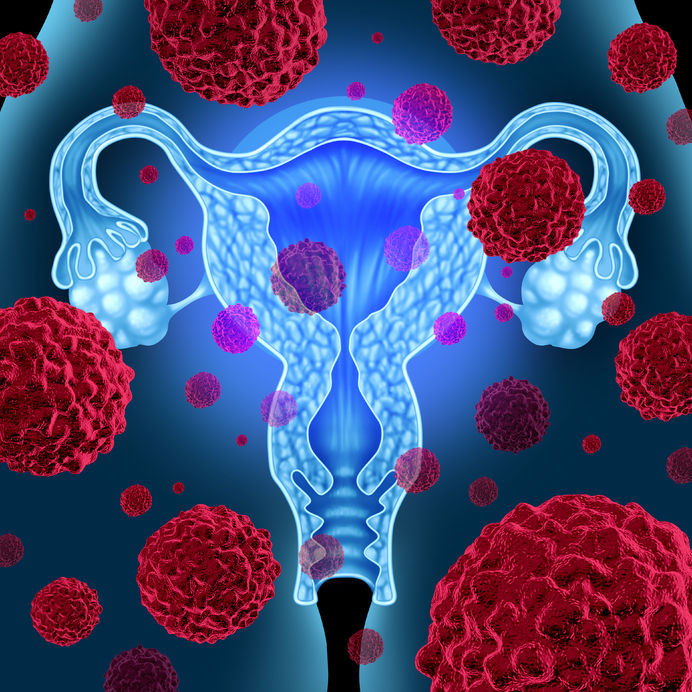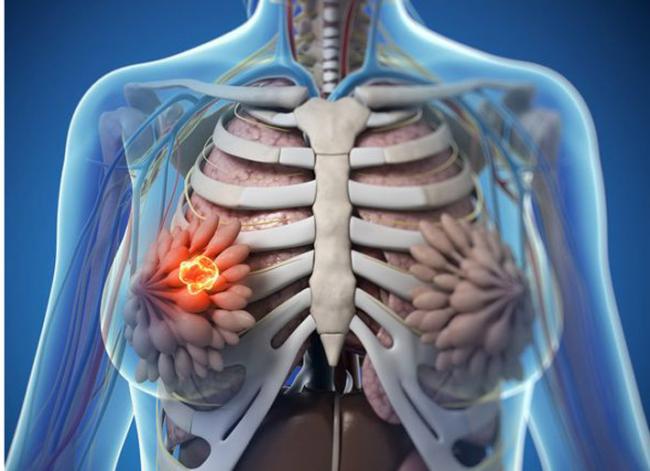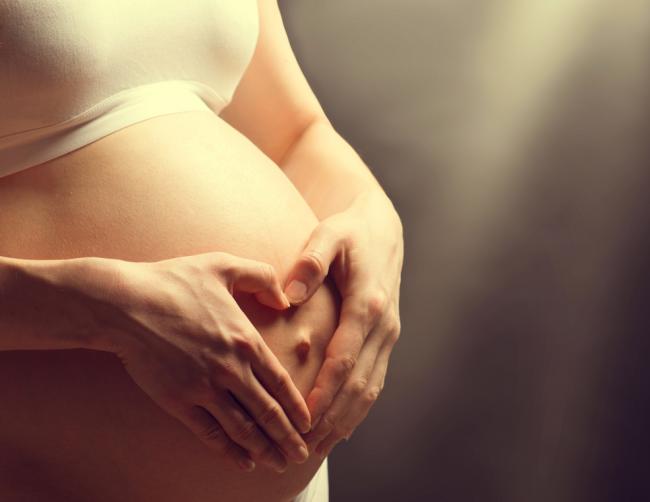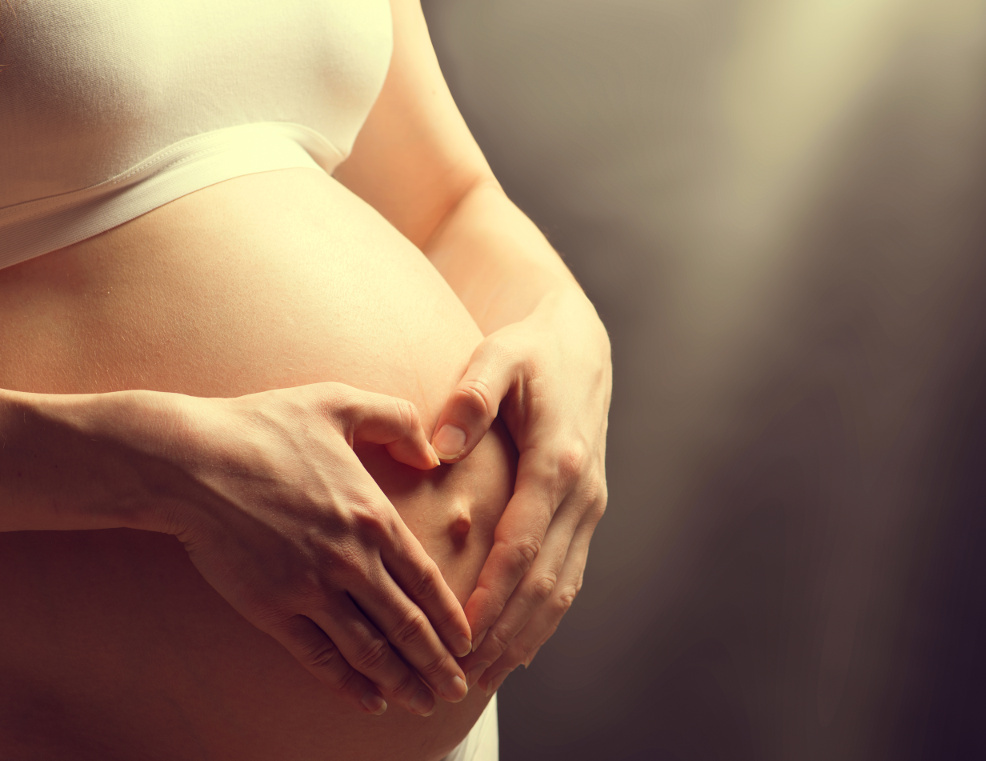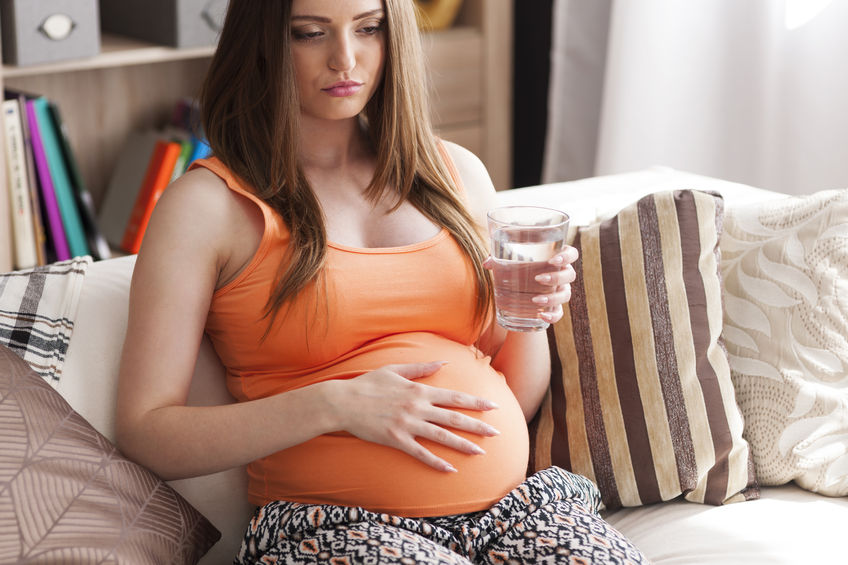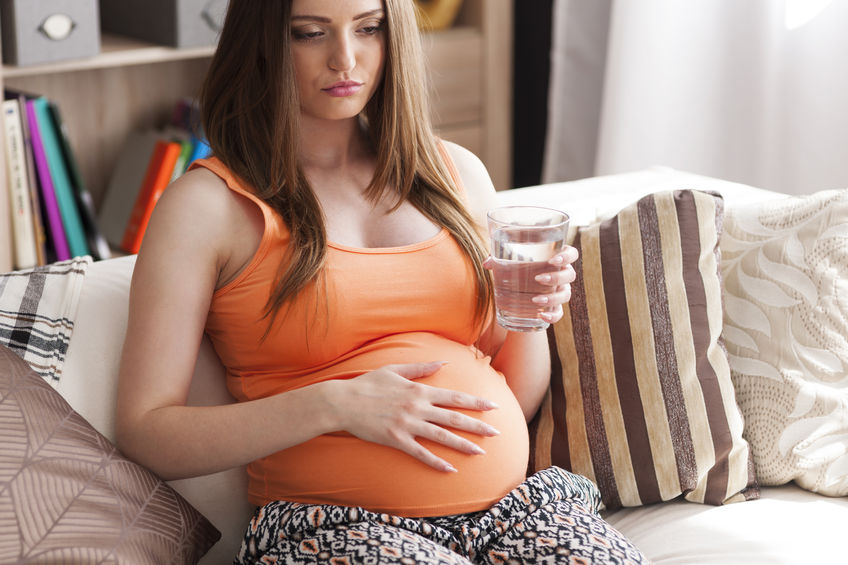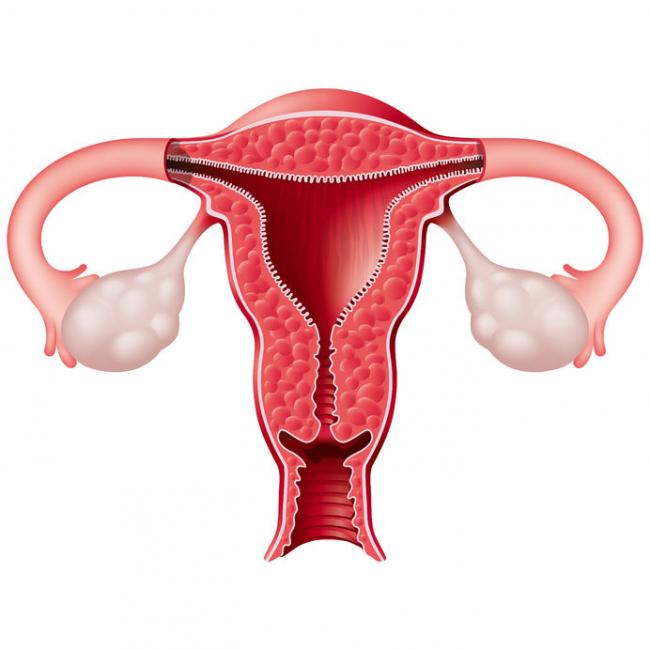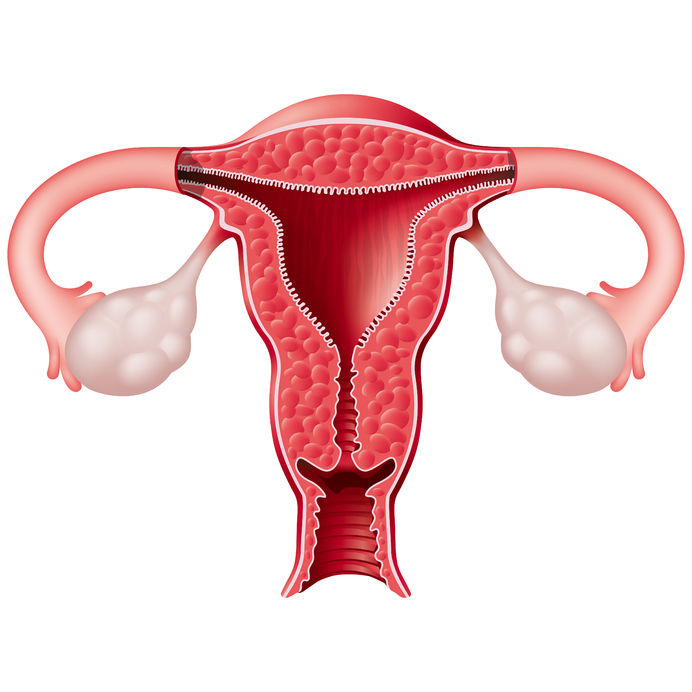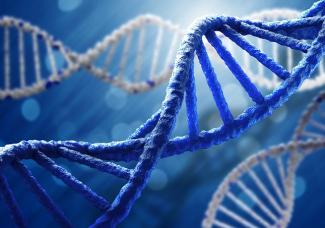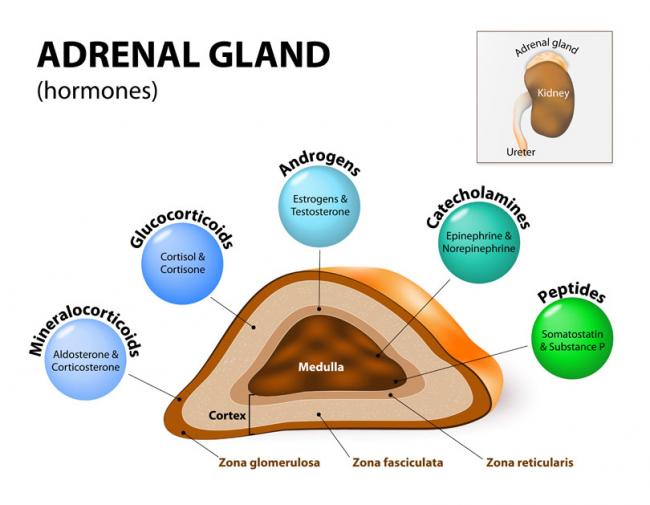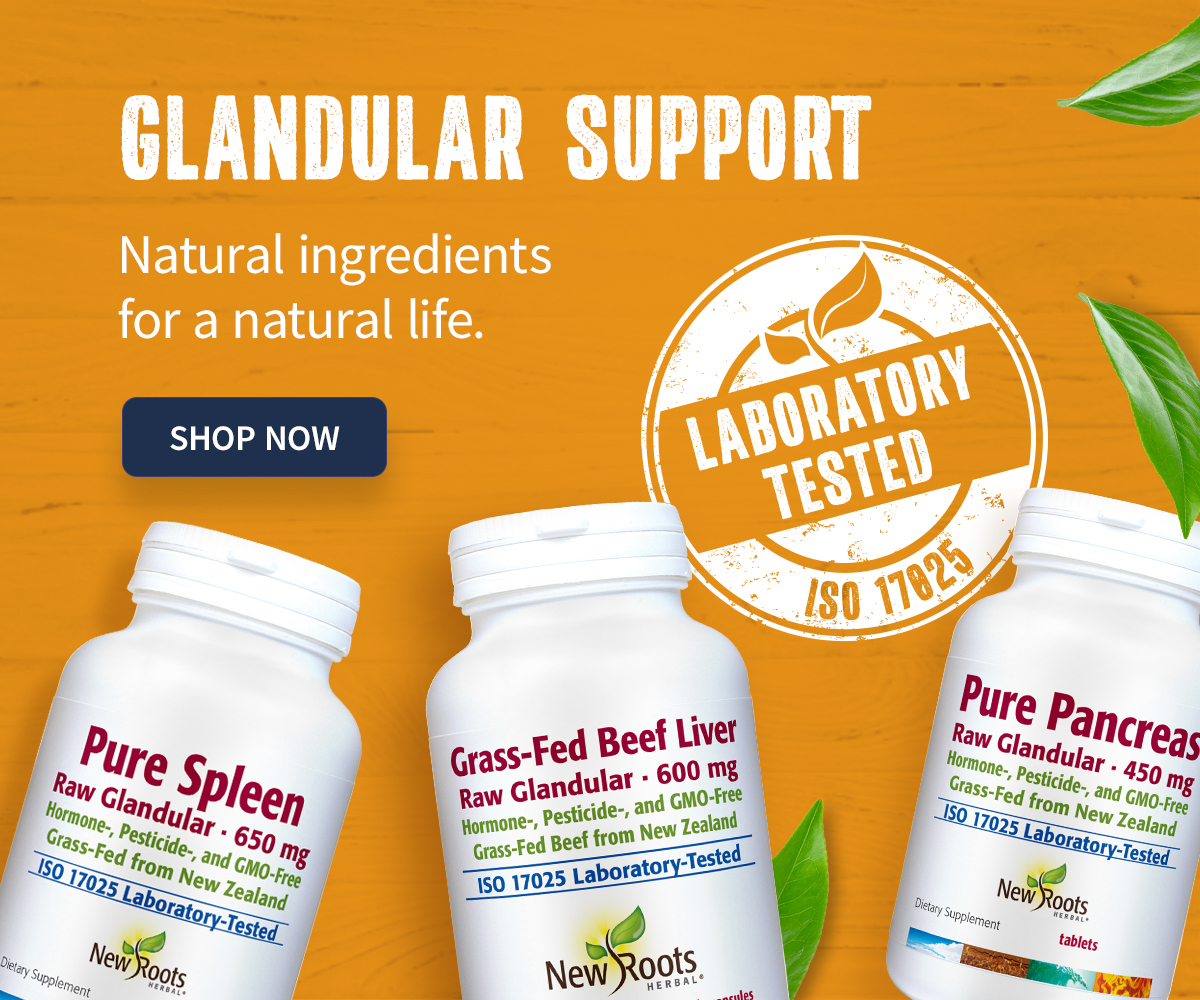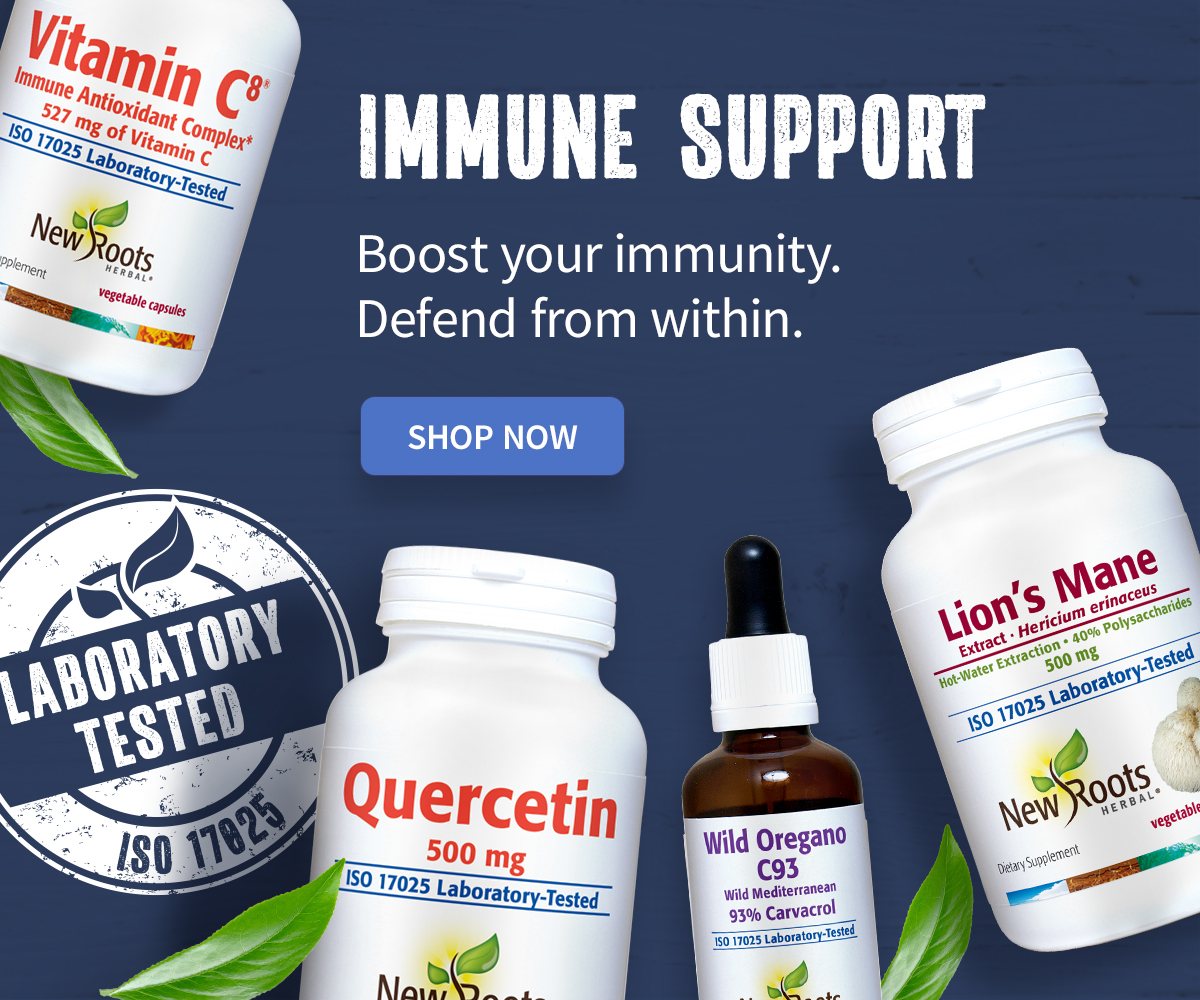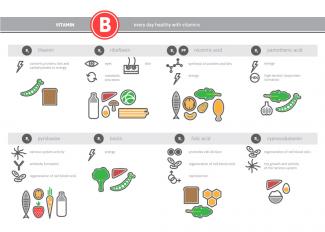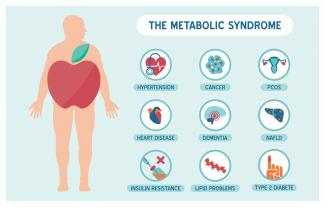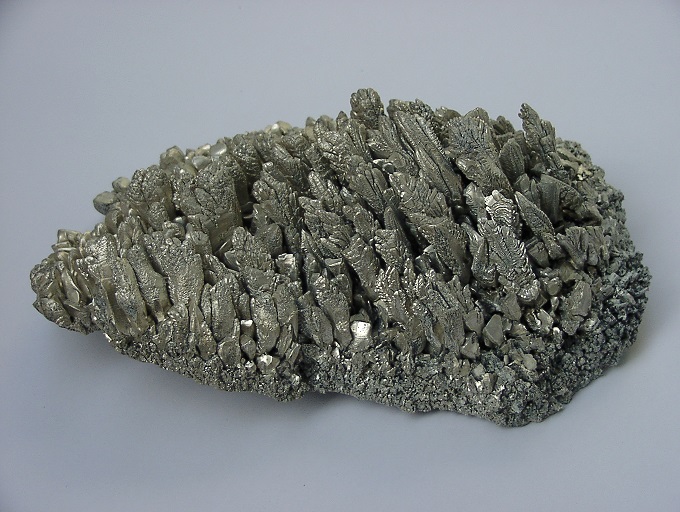Endometriosis is a disorder characterized by the presence of endometrial tissue in locations of the body outside the uterus. These lesions of tissue respond to hormonal stimuli, such as estrogen, and can be the cause of extreme pelvic pain in many women. There are many different stages and severities to the condition; most commonly, women experience cyclical dysmenorrhea (painful menses or menstrual cramping), dyspareunia (pain with intercourse), dyschezia (painful defecation), and/or chronic noncyclic pelvic pain. In other cases, women may have little to no symptoms at all, depending on the size, location, and depth of the endometriotic lesions. While the exact pathophysiology of endometriosis has not been confirmed, there are many theories and mechanisms of inflammation that may explain the progression of the disorder. We’ve identified several mechanisms for the migration of endometrial cells, as well as their survival and proliferation.
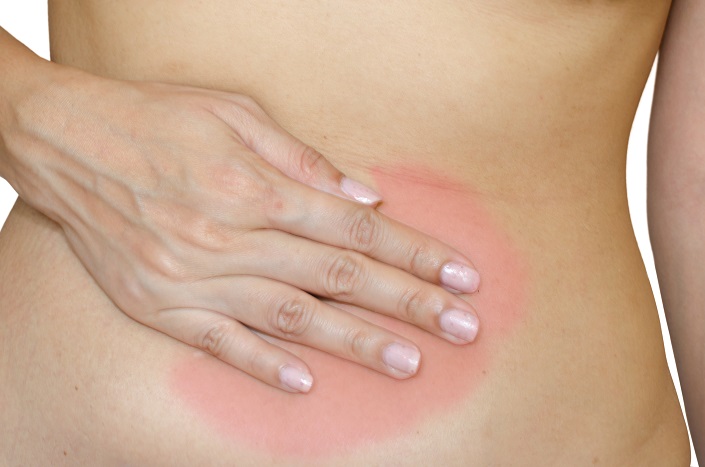
Sampson’s theory is one of the oldest and most accepted theories to describe how endometrial tissue is able to drift away from the uterus and into surrounding areas. He describes how retrograde menstruation can cause a migration of endometrial cells: Shed endometrial tissue during menstruation migrates via the fallopian tubes and implants on the surfaces of the ovaries, or elsewhere in the pelvic cavity. This is relevant as the majority of women experience some amount of retrograde flow; however, only about 10% will develop endometriosis.[1] So there must be other factors involved that ensure the survival and proliferation of this foreign tissue. Support for the retrograde menstruation theory can even be found in traditional Chinese medicine (TCM). The theory in TCM suggests that flow should be moving in a downward direction, and that intercourse during menstruation would prevent such movement and influence an “upward” flow of the shed tissue.[2] In TCM, this is a major factor contributing to dysmenorrhea, as is the stagnation of blood. Meyer’s theory suggests that excess estrogen induces a metaplasia of coelomic cells into endometrial cells. As the endometrium, ovarian surface, and peritoneum all share this same embryologic precursor, endometrial cells could be found in these different areas of the body due to abnormal cell differentiation. A third theory, Halban’s theory, is that endometrial cells are able to spread using vascular or lymphatic channels, allowing endometrial tissue to spread to multiple areas distant to the uterus. The migration of ectopic endometrial cells is only the first step in the progression of endometriosis. The cells need to be able to survive, implant, and proliferate in their new environment. Several mechanisms have been researched, and it appears that the immune system and inflammation both serve an important role. The cells in shed endometrial tissue from menstruation would normally undergo apoptosis and cell death. However, the ectopic cells in endometriosis seem to avoid this process.[3] Peritoneal fluid in women with endometriosis was shown to contain growth factors, cytokines, and abnormally higher levels of regulatory T cells. These each can enhance cell survival and promote inflammatory processes.[3] So not only are endometriotic cells escaping destruction by the immune system, but this process of attaching to surrounding structures may contribute to the inflammation associated with pelvic pain.[1, 4]
Common Medical Treatments
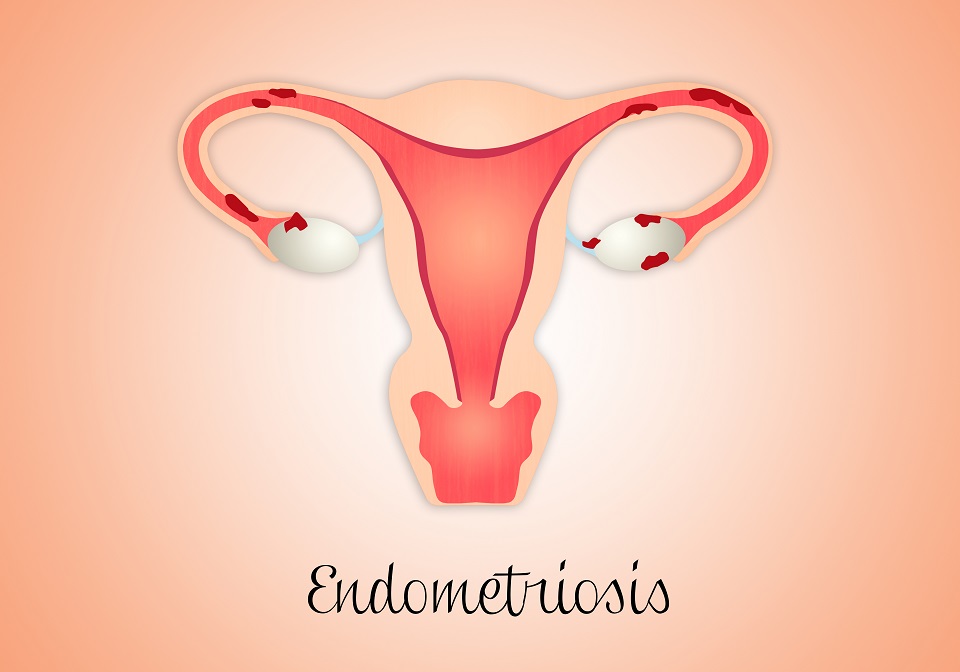
Pain management is a primary goal in treatment, as it tends to be the most common and prevalent symptom of endometriosis. Western medicine approaches this in a few different ways. Typically, nonsteroidal anti-inflammatory drugs (NSAIDs) such as naproxen are prescribed for acute pain. Although helpful in the short term, it’s not advised to take NSAIDs on a regular basis. In 2015, the FDA intensified its warning on the regular use (as little as one week) of NSAIDs due to the increased risk of heart attack, stroke, and death.[5] For this reason as well as others, many medical practitioners will advise patients to begin hormonal therapy to decrease the size of lesions, reduce pain, and prevent the growth of any new lesions.[4] Hormonal therapies include progestin-only oral contraceptives, levonorgestrel-releasing intrauterine systems (LRIS), and medroxyprogesterone acetate (MPA) injections. Laparoscopy is a routine procedure for women with suspected endometriosis. For purposes of investigation and tissue biopsy, it is the gold-standard for diagnosing endometriosis. To avoid undergoing a second immediate procedure, surgeons will often remove any lesions that can be safely isolated during the investigatory laparoscopy. Excision of lesions will lead to decreased cyclical and noncyclic pelvic pain, and decrease the recurrence rate of endometriotic lesions.[3]
Naturopathic Treatments
The complexity of endometriosis requires a multidisciplinary approach in treatment. In addition to gynaecological treatment, patients may need to seek counsel and management from other practitioners such as reproductive endocrinologists, oncologists, immunologists, and naturopathic doctors. Our goals in naturopathic medicine are to address the inflammation, modulate the immune system, and ensure proper detoxification by the liver to promote healthy estrogen metabolism. These alternative treatments play a huge role for patients who are unable to use hormonal therapy due to intolerable side effects, as well as for those looking to conceive in the near future.
Estrogen Modulation and Clearance
Endometriosis, being heavily dependent on estrogen, requires the clearing estrogen metabolites as part of treatment. Promoting healthy liver function can greatly impact the regression and prevention of endometriotic lesions. Indole-3‑carbinol (I3C) is a phytochemical found in many vegetables, such as broccoli, that is not only anticancer in nature, but also promotes antiestrogenic responses. I3C and 3,3′‑diindolymethane (DIM), one of its derivatives, both help to promote phase I and phase II detoxification pathways in the liver to help modulate estrogen levels.
Environmental Influences
It is the responsibility of the liver to break down, bind, and remove toxins in our bodies. Our exposure to chemicals and toxins is unavoidable, but we can help prevent their influence on our hormonal balance by avoiding xenoestrogens and other endocrine-disrupting chemicals. These synthetic chemicals and compounds are found in our plastics, body products, shampoos, makeup, foods, plastics, and solvents. There are many correlations between dioxin exposure and endometriosis, as well as increased serum bisphenol A (BPA) and bisphenol B (BPB).[6] With estrogen having a substantial influence on the pathophysiology and symptomatic picture of endometriosis, women should not underestimate these correlations. Reducing exposure can diminish the risk of many hormonal imbalances. It’s always important to read labels and look to avoid the following chemicals and substances:
Body Care and Hygiene:
- Parabens (including methyparaben, ethylparaben, propylparaben, and butylparaben).
- Fragrances or parfum that are not essential oils.
- Nail polish and polish removers.
- Conventional tampons. Tampons have been found to contain dioxins which can disrupt hormonal function. Instead, opt for organic- cotton sanitary products or reusable/washable cotton pads.
- Plastics.
- Bisphenol A (BPA). BPA can also be found within the plastic lining of canned food items.
- Phthalates.
- Always avoid microwaving in plastic containers.
- Avoid the use of plastic water bottles. Exposure to heat (which can occur not just at home, but in storage facilities and in transport) will promote the leaching of toxins from the plastic into the water.
Foods 
- Food dyes such as FD&C Red #3.
- Butylated hydroxyanisole (BHA), often found in packaged foods and in seasoning blends.
- Limit or eliminate dairy and choose hormone-free animal products when available.
- Try to choose organic produce when possible to limit exposure to pesticides and herbicides, and/or thoroughly wash fruits and vegetables prior to consumption.
Nutrition and Liver Detoxification
Feeding our bodies foods that provide key nutrients, enzymes, and proteins can strongly influence the ability to break down toxins and eliminate them. Vegetables such as Brussels sprouts, broccoli, cabbage, and kale all help to promote phase I and phase II detoxification pathways in the liver. In addition to the liver, estrogen metabolism is also modulated by our gut microbiota. These bacteria play a role in preventing the release of toxins back into the body as well as influencing the regulation of the immune system and inflammation. Supplementation with a probiotic and a fibre-rich diet from vegetables will both promote a healthy gut flora. Calcium d‑glucarate naturally occurs in fruits such as apples and grapefruits and plays a key role in preventing toxins from becoming unbound and released back into the body. These fruits, combined with the Brassica family of vegetables above, are just a few ways to support healthy hormone metabolism through food.
Anti-inflammatories and Antioxidants for Pain Relief
Dietary fats help contribute to the production of hormones and modulate inflammatory processes. Shifting to a higher ratio of omega‑3 fatty acids (FAs) to omega‑6 FAs can promote anti-inflammatory responses. Omega‑3 FAs have been shown to suppress the survival of endometrial cells.[7] Inversely, an increase in the ratio of omega‑6 to omega‑3 has been shown to increase the pelvic pain associated with endometriosis.[8] Supplementation with omega‑3 FAs may be warranted; however, we can also promote a healthy FA balance by including more omega‑3–rich foods in our diet and avoiding the overconsumption of high omega‑6 foods. Oils high in omega‑6 FA content include corn oil, grape seed oil, soybean oil, sunflower oil, and “vegetable oil,” which is often corn-based. Healthy fats in the diet should consist of:
- Avocados and avocado oil
- Nuts, such as walnuts and almonds
- Seeds, including those of flax and pumpkin
- Fish such as salmon, sardines, trout, and mackerel
- Olive oil, hemp seed oil, and safflower oil
- Coconut oil and coconut milk
Curcumin is a potent anti-inflammatory and recently has been shown to promote the regression of endometriotic lesions. One study found that curcumin can reduce the level of estrogen in endometriotic cells and suppress their growth.[9] Curcumin also downregulates cell adhesion molecules and suppresses the release of inflammatory cytokines.[10] The peritoneal fluid of women with endometriosis has been shown to contain a decreased amount of antioxidants and an increase in the markers for oxidative stress.[11] Supplementing with vitamin C and vitamin E can provide the antioxidant support to lower inflammatory cytokines, and has been shown to reduce chronic pelvic pain.[11]
Acupuncture for Endometrial Pain and Cycle Regulation
Acupuncture has been utilized in traditional Chinese medicine for thousands of years. Treatment has been shown to affect the autonomic nervous system, regulating blood pressure and the immune system, as well as manage pain with its analgesic effects.[10] Studies on acupuncture as treatment have shown its efficacy in reducing pelvic pain associated with endometriosis.[12] Drug contraindications or side effects can influence the patient’s ability to continue with certain treatments, and therefore acupuncture can serve as a viable treatment option for patients with mild to moderate pelvic pain. Acupuncture treatments have also been used to calm the nerves and serve as an application for stress-reduction. Many acupuncture points used to “calm the mind” are typically included in treatment protocols, which may play a role in the experience of the patient and disease management.
Conclusions
Overall, there are many different options and therapies for assisting in pain management and regression of endometriotic lesions. With endometriosis being a multifactorial disorder, treatment plans should address several areas of concern such as fertility, estrogen balance, pain management, regression of lesions, and prevention of new lesions. Each case of endometriosis will vary, as there are many stages and severities of the disorder, so it’s important to review treatment options with several different practitioners. Apart from treatment, it is essential to support the body by means of high vegetable intake, a decrease in the amount of dairy and red meat consumption, and avoidance of endocrine-disrupting chemicals.
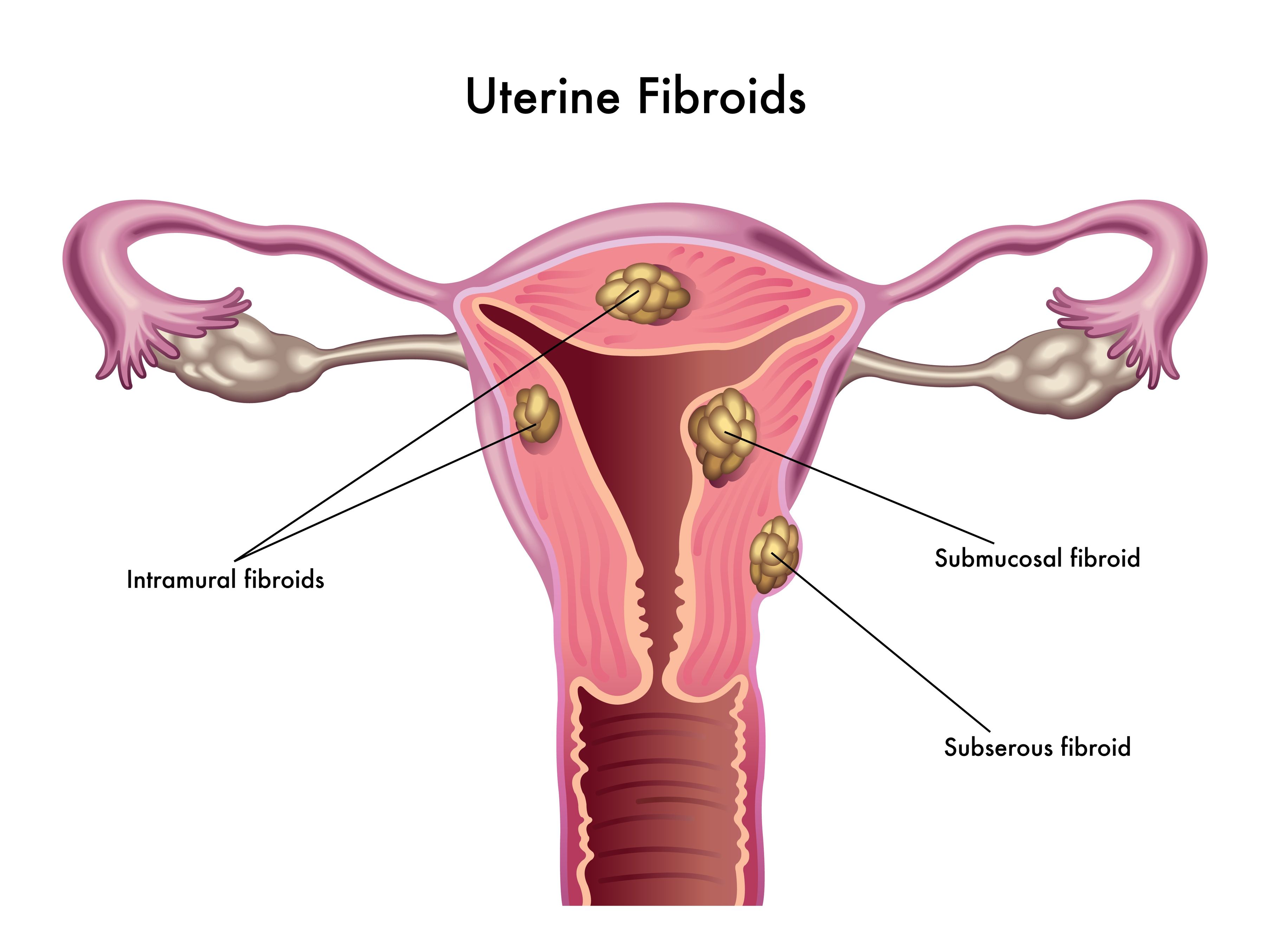 Uterine fibroids (also known as leiomyomas) are solid pelvic tumors composed of connective tissue and muscle [1]. Leiomyomas vary in terms of size, shape, and location; if one leiomyoma is discovered chances are multiple exist. Leiomyomas are either submucosal (under the endometrium), intramural (within the uterine wall), or subserosal (in the outer wall of the uterus).
Uterine fibroids (also known as leiomyomas) are solid pelvic tumors composed of connective tissue and muscle [1]. Leiomyomas vary in terms of size, shape, and location; if one leiomyoma is discovered chances are multiple exist. Leiomyomas are either submucosal (under the endometrium), intramural (within the uterine wall), or subserosal (in the outer wall of the uterus).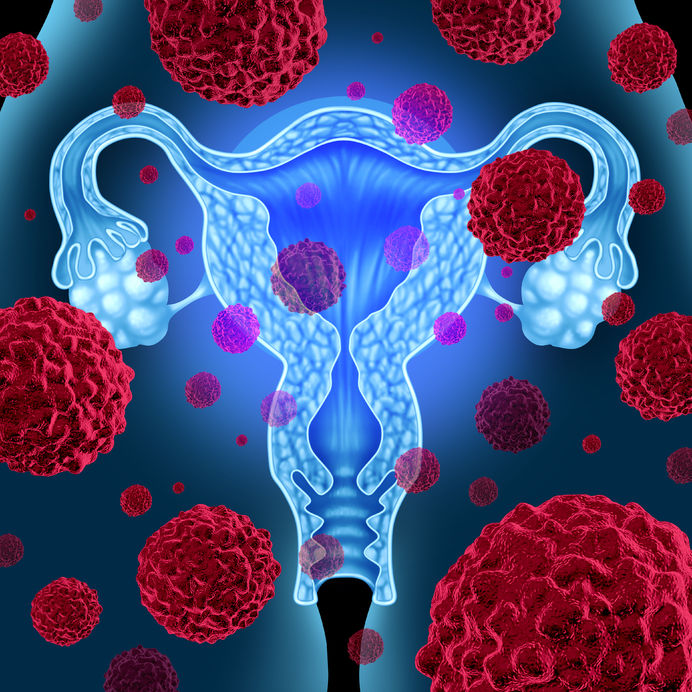 Cervical dysplasia refers to abnormal cells found on the surface of the cervix, that are considered to be premalignant and can progress to cancer.[1] Cervical dysplasia is primarily caused by a sexually transmitted infection with different strains of the human papillomavirus (HPV). However, different strains can be involved in both benign and malignant lesions; therefore, the progression of the disease appears to depend on individual factors. Studies suggest that HPV exposure is the initiating event that can lead to the development of cervical dysplasia, often termed cervical intraepithelial neoplasia (CIN).
Cervical dysplasia refers to abnormal cells found on the surface of the cervix, that are considered to be premalignant and can progress to cancer.[1] Cervical dysplasia is primarily caused by a sexually transmitted infection with different strains of the human papillomavirus (HPV). However, different strains can be involved in both benign and malignant lesions; therefore, the progression of the disease appears to depend on individual factors. Studies suggest that HPV exposure is the initiating event that can lead to the development of cervical dysplasia, often termed cervical intraepithelial neoplasia (CIN).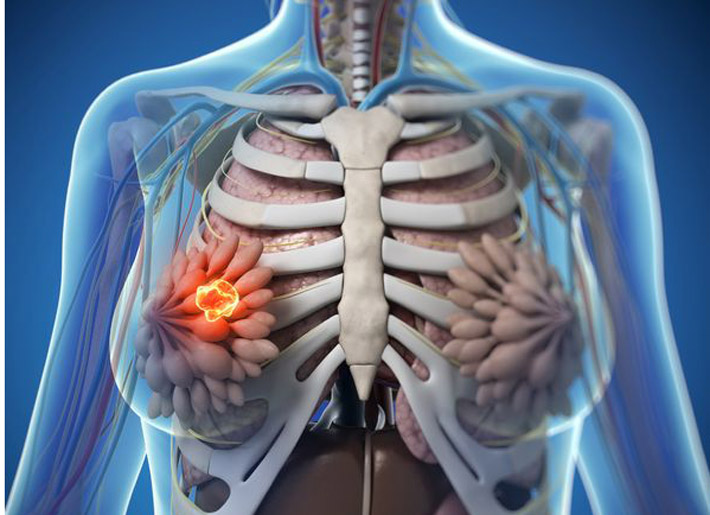 Fibrocystic breasts are characterized as ‘lumps’ or ‘cysts’ found within the breast. Fibrocystic breasts arise from estrogen predominance and progesterone deficiency resulting in hyper-proliferation of connective tissue. This condition can be either asymptomatic or present with breast nodularity, swelling, and pain.
Fibrocystic breasts are characterized as ‘lumps’ or ‘cysts’ found within the breast. Fibrocystic breasts arise from estrogen predominance and progesterone deficiency resulting in hyper-proliferation of connective tissue. This condition can be either asymptomatic or present with breast nodularity, swelling, and pain. Most women are very familiar with premenstrual syndrome (PMS), though how each individual woman experiences PMS can vary completely. Rapid fluctuations in sex hormones can lead to changes in energy, mood, and/or physical symptoms throughout her cycle, most predominantly during the last week of the luteal phase.
Most women are very familiar with premenstrual syndrome (PMS), though how each individual woman experiences PMS can vary completely. Rapid fluctuations in sex hormones can lead to changes in energy, mood, and/or physical symptoms throughout her cycle, most predominantly during the last week of the luteal phase.

